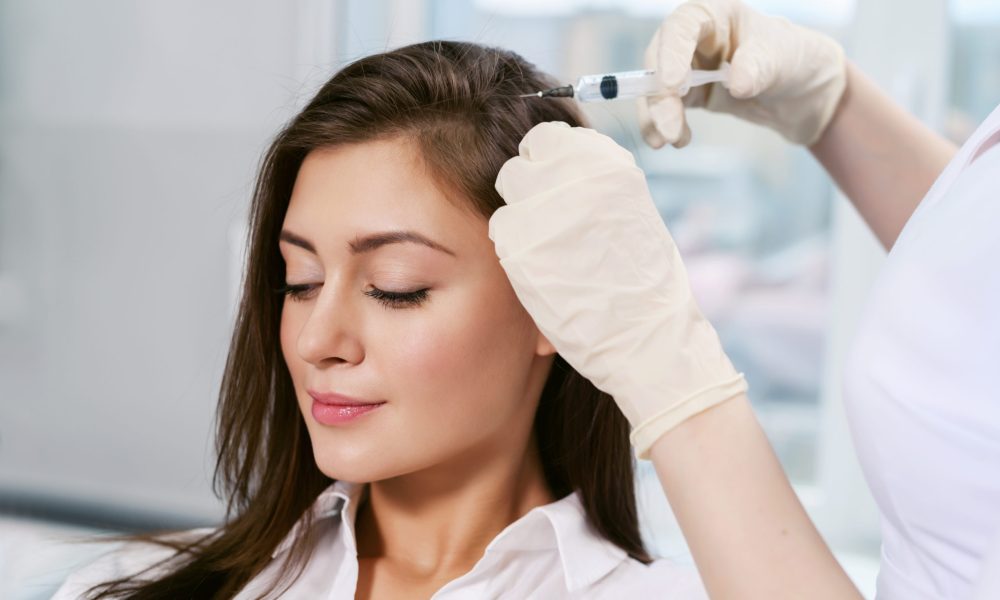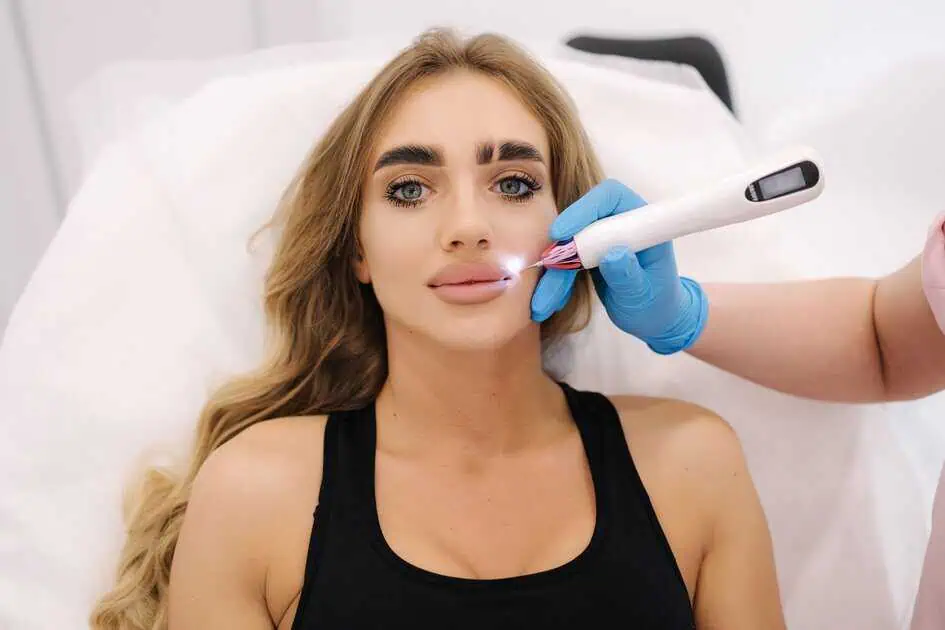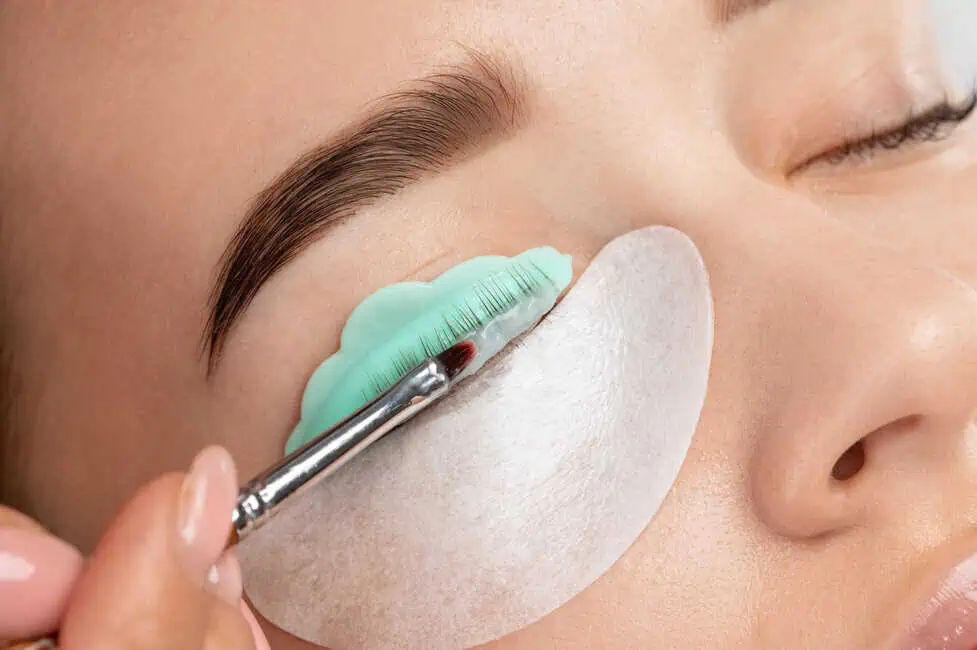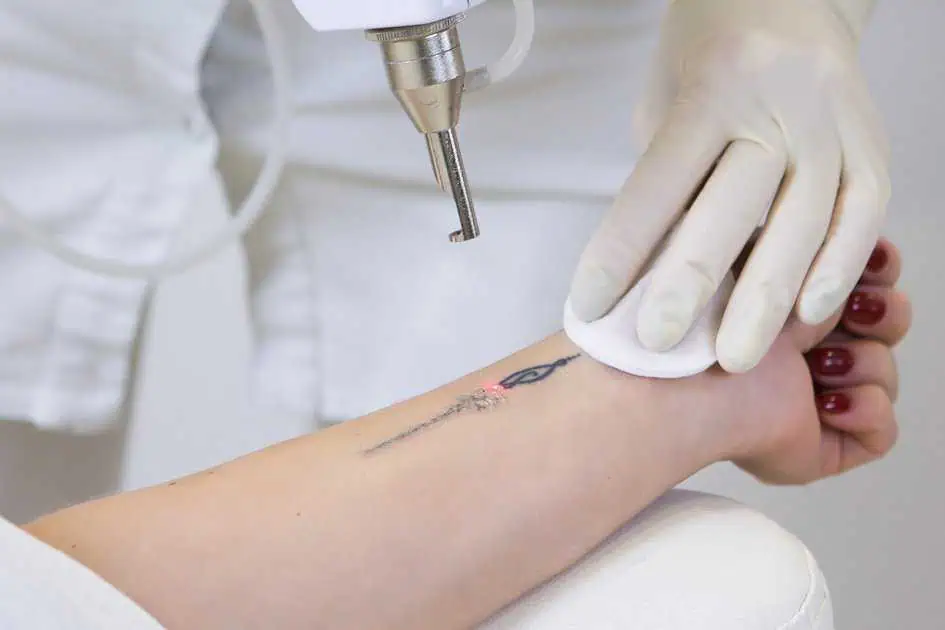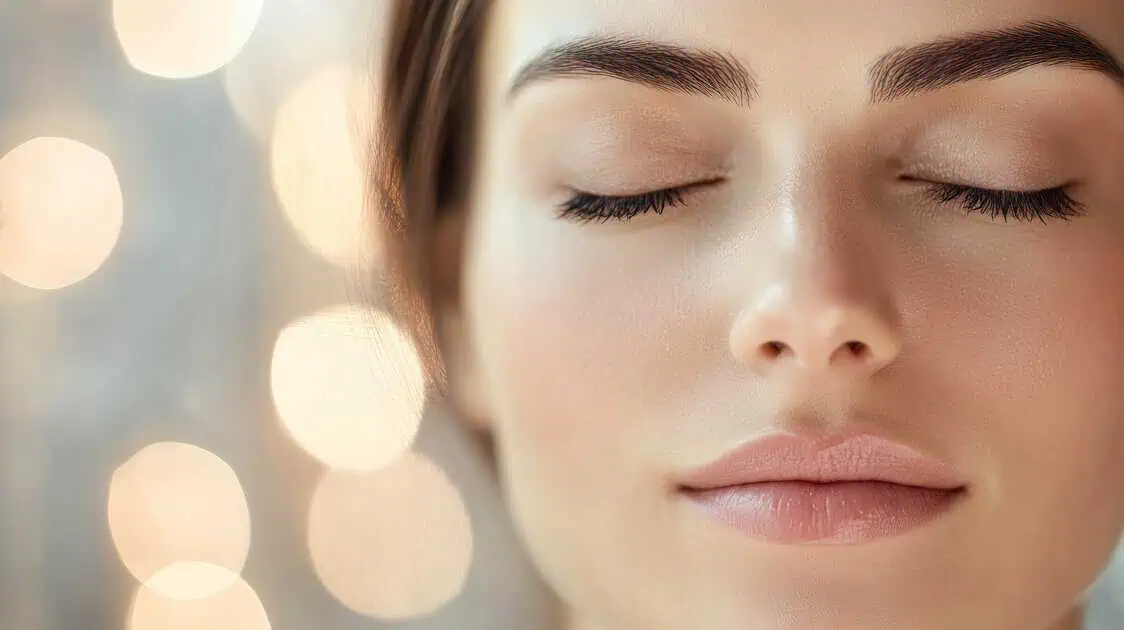Table of Contents
In today’s society, hair plays a significant role in shaping our self-esteem and confidence. It is not merely a physical aspect; it carries immense emotional and psychological weight. Unfortunately, the problem of hair loss has become a widespread concern, affecting individuals of all genders and ages. The impact of hair loss goes far beyond the physical realm, often causing distress, anxiety, and a loss of self-assurance.
However, amidst the challenges faced by those experiencing hair loss, there is a glimmer of hope. Exciting advancements in hair regeneration have emerged, unlocking the secrets to natural hair growth and restoration. Scientists and researchers have been diligently exploring the intricate mechanisms behind hair follicle development, uncovering innovative approaches that have the potential to revolutionize the way we address hair loss.
Prepare to be captivated by the wonders of scientific exploration and the possibilities that lie ahead for those seeking natural hair growth and restoration. Join us on this journey as we unravel the secrets to unlocking the potential of our hair and embracing a future where confidence and self-assurance can flourish once more.
Understanding Hair Loss
Hair loss is a complex phenomenon that affects millions of individuals worldwide. To understand this issue comprehensively, it is crucial to explore the different types of hair loss, its common causes, and the profound psychological and emotional effects it can have on individuals.
- Types of Hair Loss:
- Alopecia: this hair loss is primarily influenced by genetics and hormones. It typically follows a predictable pattern of receding hairline in men and diffuses thinning in women.
- Alopecia Areata: This autoimmune condition results in sudden hair loss in round or oval patches on the scalp, eyebrows, or other body areas.
- Telogen Effluvium: This hair loss is often triggered by significant physiological or emotional stress. It throws off the hair growth cycle, which causes excessive hair loss.
- Traction Alopecia: Caused by repetitive tension or pulling on the hair, traction alopecia commonly occurs due to tight hairstyles, such as ponytails, braids, or hair extensions. It can lead to hair thinning or bald patches in the affected areas.
- Common Causes and Risk Factors:
- Hormonal Imbalances: Fluctuations in hormone levels, such as those experienced during pregnancy, menopause, or thyroid disorders, can contribute to hair loss.
- Genetic Predisposition: Family history plays a significant role in determining an individual’s susceptibility to hair loss. The risk increases if the family has a history of baldness or thinning hair.
- Medical Conditions: Certain conditions like scalp infections, autoimmune disorders, and nutritional deficiencies can contribute to hair loss.
- Medications and Treatments: Some medications, including chemotherapy drugs, anticoagulants, and certain antidepressants, may cause temporary or permanent hair loss as a side effect.
- Psychological and Emotional Effects of Hair Loss:
Hair loss can have profound psychological and emotional impacts on individuals, extending beyond the physical changes. Hair loss often leads to feelings of self-consciousness, lowered self-esteem, and a negative body image. It can affect social interactions, personal relationships, and even professional endeavors. Many individuals experiencing hair loss may feel anxious, depressed, or socially isolated.
The Science Behind Hair Regeneration
Hair regeneration is a fascinating field that delves into the intricate mechanisms of hair follicle development and the potential for regrowth. To grasp the essence of this scientific journey, it is crucial to explore the hair follicle’s anatomy and growth cycle, the role of stem cells in hair regeneration, and the remarkable research and breakthroughs that have emerged in this field.
Hair Follicle Anatomy and Growth Cycle:
The hair follicle is a small, dynamic structure within the scalp. Understanding its anatomy and growth cycle is fundamental to comprehending hair regeneration.
The hair follicle comprises various components, including the dermal papilla, hair bulb, and hair shaft. The dermal papilla at the follicle’s base regulates hair growth by supplying nutrients and signaling molecules to the surrounding cells.
The Role of Stem Cells in Hair Regeneration:
In hair regeneration, stem cells are crucial in maintaining and regenerating hair follicles.
Within the hair follicle, two types of stem cells are essential: epithelial stem cells and dermal papilla cells. Epithelial stem cells, residing in the bulge area of the follicle, are responsible for generating new hair follicles during the anagen phase. On the other hand, dermal papilla cells contribute to the induction and regulation of hair follicle growth.
Recent advancements in stem cell research have paved the way for innovative techniques in hair regeneration. Scientists are exploring methods to harness the regenerative potential of these cells to stimulate hair growth and restore hair follicle function.
Research and Breakthroughs in Hair Regeneration:
Hair regeneration research has witnessed remarkable breakthroughs, offering promising avenues for natural hair regrowth and restoration.
Scientists have identified signaling pathways and molecular factors that regulate hair growth, providing potential targets for therapeutic interventions. This includes understanding the influence of growth factors, cytokines, and other molecules in hair follicle development and regeneration.
Hair Regeneration using PRP or Platelet Rich Plasma Therapy
Platelet Rich Plasma (PRP) therapy has emerged as a promising approach to hair regeneration. This innovative treatment involves utilizing the patient’s blood to extract platelets rich in growth factors; they are then injected into the scalp to stimulate follicle activity and encourage hair growth.
Let’s explore how PRP works and its benefits in hair regeneration.
How Does PRP Therapy Work?
- Blood Collection: The PRP therapy process begins with collecting a small amount of the patient’s blood, typically from their arm. This blood sample is then placed in a centrifuge machine, which spins it quickly to separate the different components.
- Platelet-Rich Plasma Extraction: The blood is separated into various components through centrifugation, with the platelet-rich plasma being isolated. Platelets are essential for blood clotting but contain growth factors vital in tissue repair and regeneration.
- Activation and Injection: The extracted platelet-rich plasma is activated to release growth factors. This activation process involves the addition of specific agents, such as calcium chloride, which stimulates the platelets to release their growth factors. Once activated, the PRP solution is carefully injected into the scalp, targeting areas affected by hair loss or thinning.
Benefits of PRP Therapy for Hair Regeneration:
- Stimulates Hair Growth: PRP therapy promotes hair regrowth by harnessing platelet growth factors. These growth factors stimulate dormant hair follicles to enter the active growth phase, producing thicker, healthier hair strands.
- Improves Hair Thickness and Density: PRP therapy increases hair thickness and density by Revising dormant follicles. This can be particularly beneficial for individuals experiencing early-stage hair thinning or those seeking to enhance the volume of their existing hair.
- Minimally Invasive and Safe: PRP therapy is a minimally invasive procedure that utilizes the patient’s blood, reducing the risk of adverse reactions or complications. Since the treatment uses autologous (self-derived) material, the chances of rejection or allergic reactions are significantly minimized.
- Quick and Convenient: PRP therapy is an outpatient procedure typically completed within a couple of hours, depending on the individual’s needs. The treatment’s minimal downtime allows patients to resume their regular activities shortly after the session.
- Natural and Long-lasting Results: One of the critical advantages of PRP therapy is that it promotes natural hair regrowth. As the treatment utilizes the body’s healing mechanisms, the results are subtle and gradually improve. Additionally, the effects of PRP therapy can be long-lasting, with patients often experiencing sustained hair growth and improved hair quality.
Natural Approaches to Hair Regrowth
- Nutritional Strategies for Promoting Hair Growth:
- Essential Vitamins and Minerals for Healthy Hair: A well-balanced diet of essential vitamins and minerals promotes hair growth. Some essential nutrients for healthy hair include:
- Biotin (vitamin B7): Found in foods like eggs, nuts, and leafy greens, biotin helps strengthen the hair strands and supports hair growth.
- Vitamin C: Citrus fruits, berries, and bell peppers are examples of vitamin C, which aids in collagen production and enhances hair strength.
- Iron: Incorporate iron-rich foods such as spinach, lentils, and lean meats to prevent iron deficiency, which can contribute to hair loss.
- Zinc: Foods like oysters, pumpkin seeds, and beef contain zinc, which supports hair tissue growth and repair.
- Foods that Support Hair Regrowth: Certain foods promote hair regrowth and health. Include the following in your diet:
- Omega-3 fatty acids: nourish the scalp and support healthy hair follicles.
- Protein-rich foods: Incorporate lean meats, eggs, beans, and lentils to ensure an adequate protein intake. Protein is essential for hair structure and growth.
- Leafy greens contain vitamins and minerals that promote scalp health and enhance hair growth.
Lifestyle Modifications for Optimal Hair Health:
- Stress Management and Its Impact on Hair Loss: Chronic stress can contribute to hair loss and hinder regrowth. Meditation, yoga, or hobbies promote overall well-being and support healthy hair growth.
- Importance of Regular Exercise and Sleep: Regular physical activity improves blood circulation, including to the scalp, which supports hair follicle health. Additionally, prioritize quality sleep to facilitate proper hair growth and repair processes.
- Natural Remedies and Topical Treatments:
- Herbal Extracts and Essential Oils for Hair Growth: Some herbal extracts and essential oils have shown the potential to promote hair growth. Examples include:
- Saw palmetto extract: Believed to inhibit the conversion of testosterone to dihydrotestosterone (DHT), which can contribute to hair loss.
- Rosemary essential oil: Known for stimulating hair follicles and promoting hair growth. Mix a few drops of oil and massage into the scalp.
- Peppermint essential oil: It can improve scalp circulation.
- Scalp Massage and Its Benefits: The scalp increases blood flow, stimulates hair follicles, and promotes growth.
Lifestyle Practices for Maintaining Healthy Hair
Maintaining healthy hair requires more than just external treatments and remedies. Incorporating certain lifestyle practices into your daily routine can significantly contribute to your hair’s overall health, strength, and vitality. This section will explore the importance of a proper hair care routine and the need for protection from environmental factors and damage.
- Proper Hair Care Routine:
- Choosing the Right Shampoo and Conditioner: Look for products free from harsh chemicals, sulfates, and parabens. Consider your hair’s specific needs, such as hydration, volume, or color protection, and opt for products that address those concerns.
- Techniques for Gentle Hair Handling and Styling: Treat your hair carefully to avoid unnecessary damage. Here are some tips:
- Avoid rough towel-drying.
- Use a wide-toothed comb to gently remove knots or tangles, starting from the ends and working up to the roots.
- Minimize heat exposure from hairdryers, straighteners, and curling irons.
- Protection from Environmental Factors and Damage:
- Sun Exposure and Hair Health: Overexposure to the sun’s ultraviolet (UV) rays can lead to hair dryness, color fading, and weakened strands. Protect your hair by:
- Wear a hat to shield your hair from direct sunlight when outdoors.
- You are applying a leave-in conditioner or UV protectant spray to provide extra defense against sun damage.
- You limit sun exposure during peak hours, especially if you have color-treated hair, as UV rays can cause fading.
3. Heat Styling and Its Impact on Hair Quality: Intense heat from styling equipment can dry your hair, making it brittle and vulnerable to breaking. To minimize heat damage:
- Allow your hair to air dry, or use the lowest heat setting on your hairdryer.
- Prioritize heat-free styling alternatives like air-drying, braiding, or foam rollers to achieve desired hairstyles.
- Before doing any heat styling, apply heat protection tools to create a barrier between your hair and the heat source.
Conclusion
Remember, everyone’s hair journey is unique, and what works for one person may not work for another. Be patient, stay committed to your chosen approach, and celebrate every small milestone. With advancements in science and many options available, restoring and regrowing your hair is within reach.
Embrace the hope, take proactive steps, and embark on your journey toward unlocking the secrets to natural hair growth and restoration.
Are you tired of dealing with hair loss and thinning? Do you dream of regaining luscious, healthy hair? Look no further than Thrive Wellness, your trusted partner in hair regeneration, using Platelet Rich Plasma (PRP) therapy.
With PRP therapy at Thrive Wellness, you can expect a convenient and comfortable experience. Our outpatient procedure allows you to resume your daily activities shortly after treatment with minimal downtime. The results are long-lasting, allowing you to enjoy your revitalized hair for years.
Don’t let hair loss hold you back any longer. Contact Thrive Wellness today to schedule your consultation and discover the transformative power of PRP therapy in hair regeneration.
Thrive Wellness: Unlock the Secrets to Natural Hair Growth and Restoration. Let your hair thrive again!

